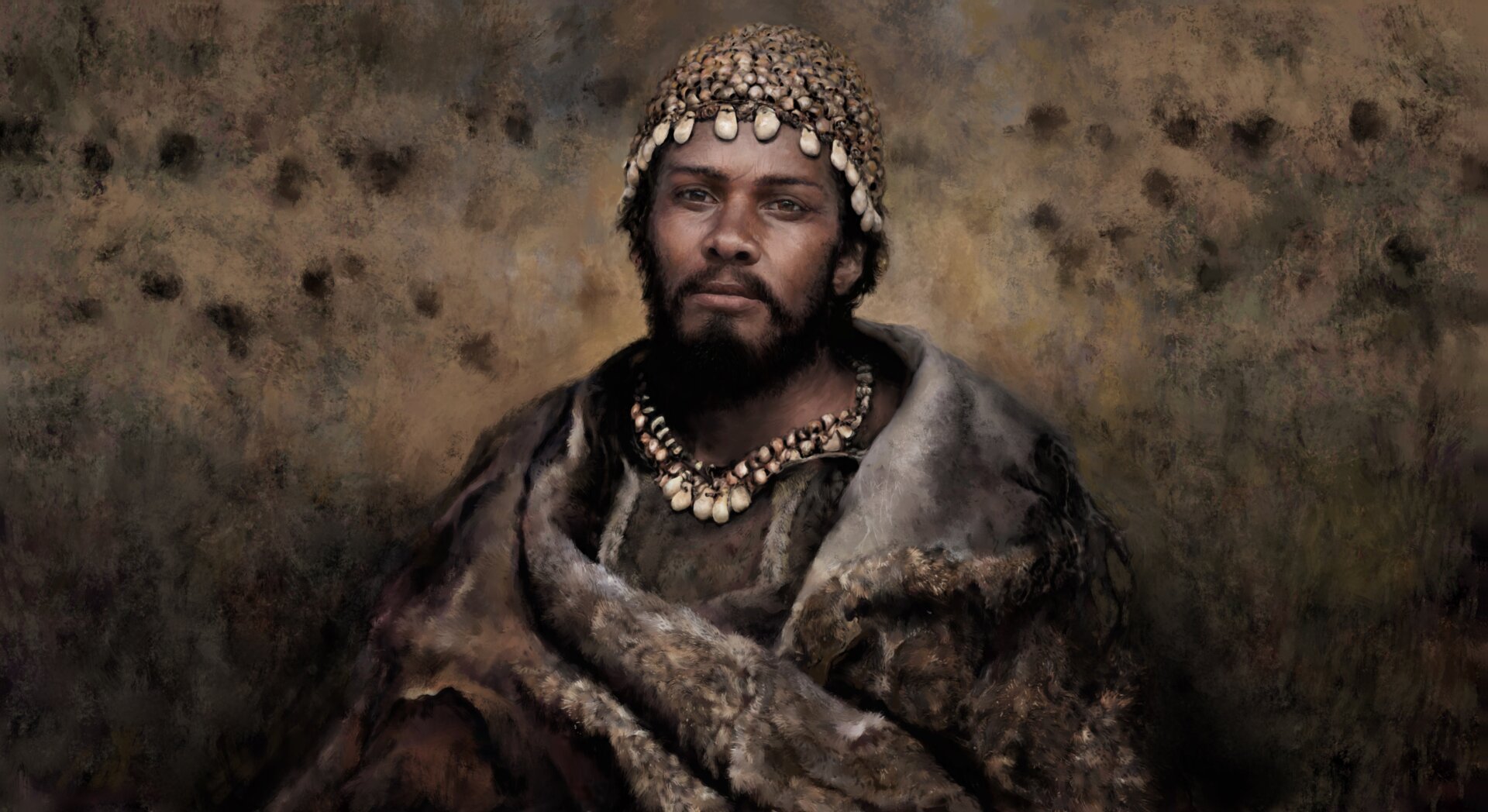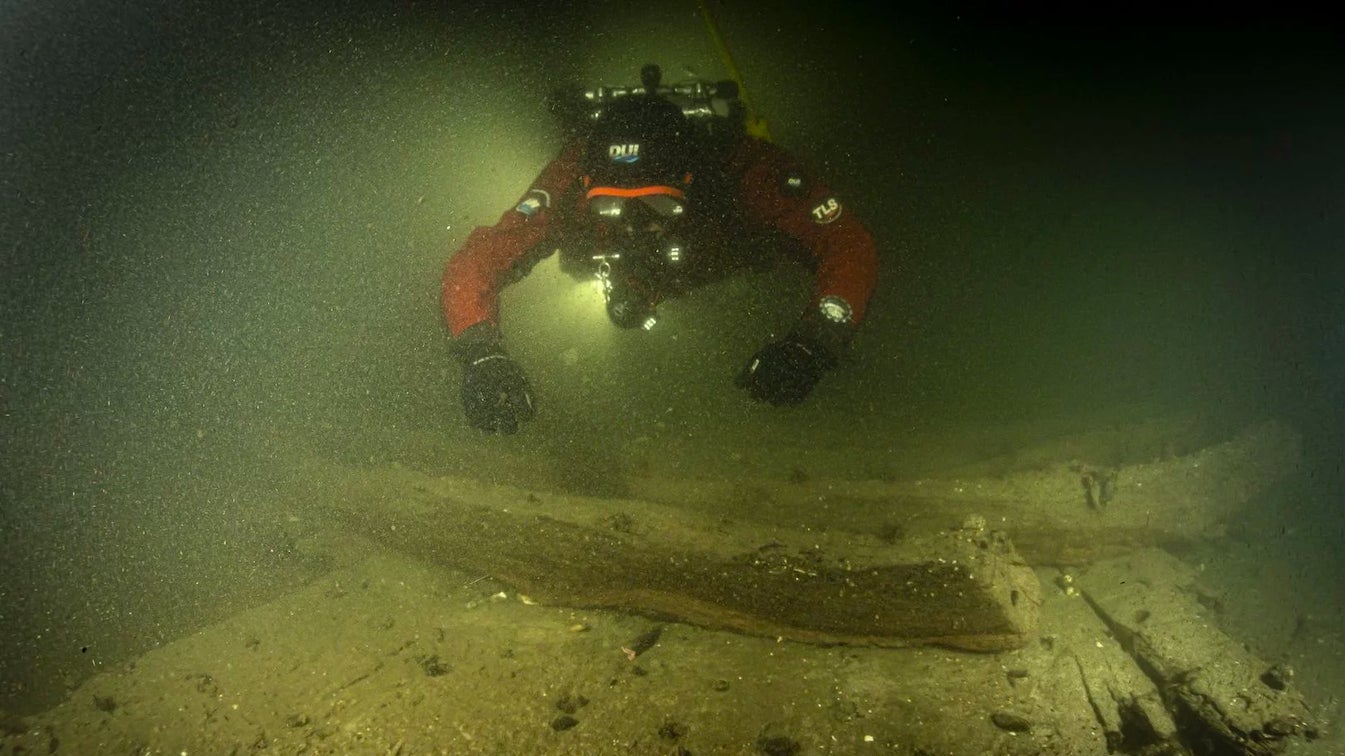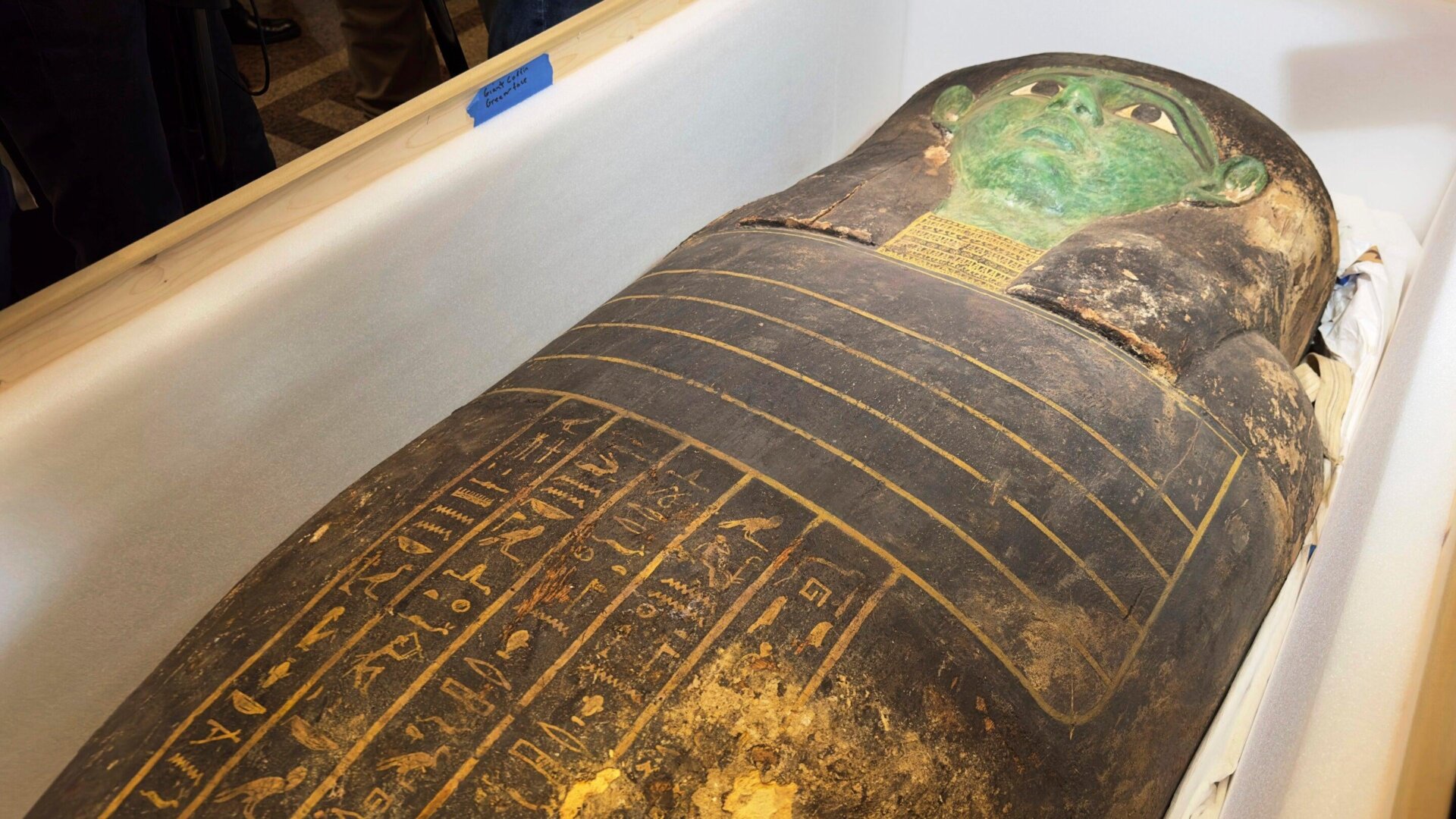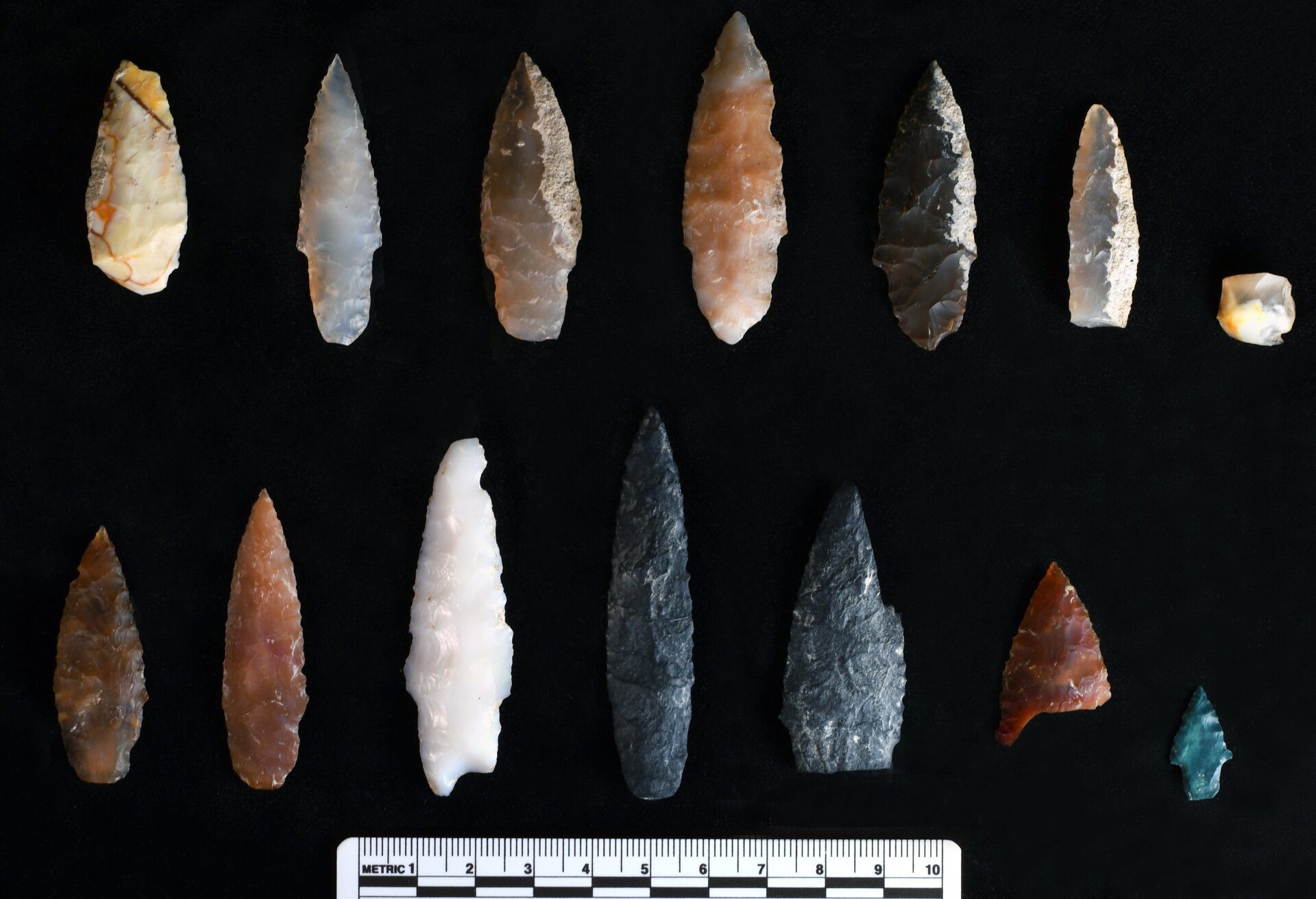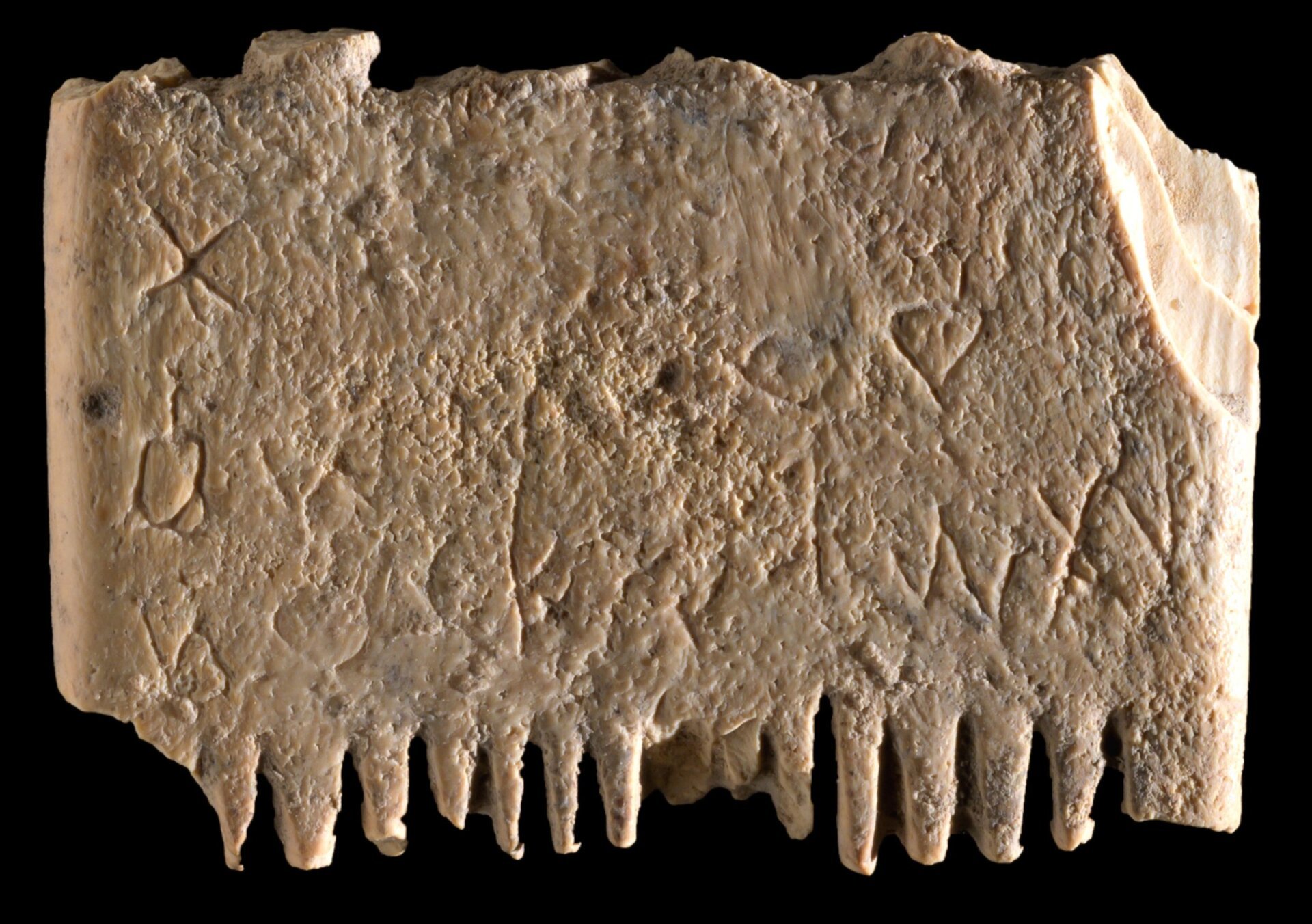The Last Glacial Maximum, the coldest period of the last Ice Age, significantly impacted human populations across Eurasia. New research analyzing the genomes of hundreds of Ice Age hunter-gatherers reveals that many sought refuge in Southern Europe during this challenging time. This groundbreaking study, published in Nature, sheds light on the complex interplay between climate change, migration patterns, and the evolution of distinct cultural groups.
The Gravettian culture, known for its iconic Venus figurines, flourished across Europe between 32,000 and 24,000 years ago. While exhibiting cultural similarities across the continent, the study reveals that Gravettian populations in different regions were not closely related genetically. This genetic diversity challenges previous assumptions about widespread population homogeneity during this period.
Descendants of the western Gravettian populations, located in present-day France, Spain, and Portugal, eventually gave rise to the Solutrean and Magdalenian cultures. These groups waited until after the Last Glacial Maximum to migrate northeastward into other parts of Europe. The research incorporates “the largest ancient genomic dataset of European hunter-gatherers ever produced,” according to Cosimo Posth, a paleogeneticist at the University of Tübingen and the Senckenberg Centre for Human Evolution and Palaeoenvironment. This dataset includes genomic data from 116 individuals across 14 European countries, spanning 30,000 years.
The study demonstrates how environmental shifts influenced the emergence of new archaeological cultures, with or without large-scale human migrations. Genetic evidence of the Gravettian culture in central and southern Europe disappears after the Last Glacial Maximum. New gene pools, termed the Epigravettian, emerged in these regions, particularly in the Italian peninsula.
These newcomers are believed to have originated from the Balkans, migrating south into Sicily during or shortly after the glacial peak. As the glaciers retreated and the climate warmed, populations from southern Europe began expanding northward into the rest of the continent. These northward migrations, however, represented distinct populations, not a resurgence of the earlier Gravettian culture. Johannes Krause, a geneticist at the Max Planck Institute for Evolutionary Anthropology, suggests that the warming climate and expanding forests prompted southern populations to expand their territories while the shrinking “mammoth steppe” may have driven previous inhabitants northward.
For millennia, hunter-gatherer groups in western and eastern Europe remained largely isolated, with minimal genetic exchange. Around 8,000 years ago, interactions resumed, coinciding with a shift towards sedentary, agriculture-based lifestyles. This transition marked a significant departure from the hunter-gatherer traditions of the Ice Age. Communities increasingly adopted farming practices on the warming continent and began establishing more permanent settlements.
This research complements previous findings on the genetic history of Eurasia, offering a more comprehensive understanding of population movements and cultural transformations over the past 35,000 years. The study underscores the power of ancient genomic analysis to uncover previously unknown migrations and reshape our understanding of human history.
The emerging picture reveals a complex tapestry of human adaptation and resilience in the face of dramatic environmental change, highlighting the dynamic interplay between genetics, culture, and environment in shaping human history. The ongoing research into ancient genomes continues to enrich our understanding of the past, offering valuable insights into the origins of the world we inhabit today.



